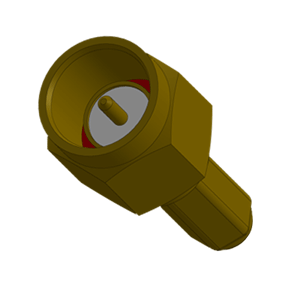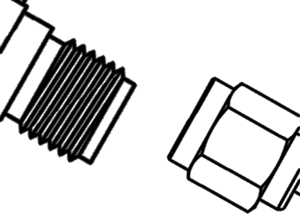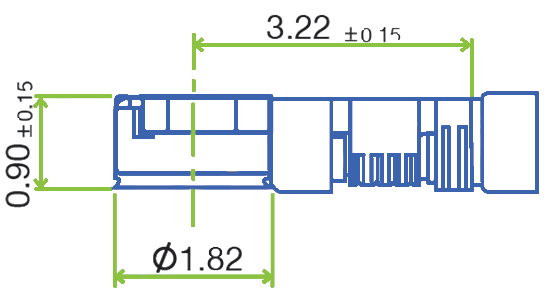RF connectors differ in size, frequency range, durability, and mating ability. Most RF connectors were originally designed by the military around World War II and are still required to conform to military standards. A host of other trends and standards dictate the creation and design of RF connectors. These trends and standards influence the materials used in creating connectors, the acceptable tolerances and frequency ranges of the connectors, and their size and profile (in RF terminology, the profile refers to the height of the connector when installed).
The recent trend of miniaturization in RF devices has required the creation of micro-miniature RF connectors, such as the IPX line offered by Lighthorse Technologies, Inc. These tiny connectors save space and have the ability to operate continuously at higher frequencies. As technology advances and devices become smaller, this trend is expected to continue.
The amazing nature of RF signals allow them to be used in our everyday lives for a multitude of applications. Everything from your cell phone to your supermarket checkout makes use of RF technology on a daily basis to help make your life easier. While these parts aren’t exactly household names, they are an essential component to a vast range of modern technologies.

 The FAKRA line was designed in response to new interface standards created by the automotive industry.
The FAKRA line was designed in response to new interface standards created by the automotive industry.













